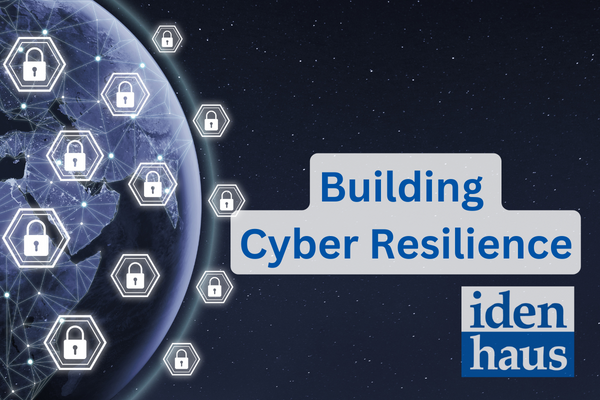In the first article on this topic we discussed the why, the what, and the importance of Cyber Resilience, including its challenges. In this article, let’s take a look at some of the components involved when building a Cyber Resilience strategy:
A holistic cyber resilience strategy encompasses cybersecurity measures across all levels to proactively safeguard the organization, identify threats, effectively respond, recover, establish governance, and continuously adapt.
Let us look at five key components in achieving this strategy:
- Proactively Protect the Organization: Implement measures such as those mentioned below to safeguard systems, applications, and data from potential threats before they even occur.
- Asset management system
- Encryption for data at rest and data in transit
- Identity and access controls
- Malware protection
- Network and communications security
- Patch and update management system
2. Detect Threats: Employ tools and systems such as below to identify and respond to potential cybersecurity threats.
- Endpoint detection and response (EDR)
- Intrusion detection and prevention systems (IDS/IPS)
- Managed detection and response (MDR)
- Network detection and response (NDR)
3. Respond and Recover: Establish processes and plans such as noted below to effectively respond to and recover from cyber incidents, ensuring business continuity.
- Business continuity management
- Incident response management
- Information and Communications Technology (ICT) continuity management
- Security information and event management (SIEM)
4. Govern: Establish governance structures and processes as noted below to oversee and manage cyber resilience efforts.
- Board-level commitment and involvement
- Governance structure and processes
- Risk management program
5. Adapt: Continuously adapt and improve cyber resilience capabilities as noted below to address evolving threats and changes in the technology landscape.
- Threat intelligence
- Incident response improvement
- Security awareness and training
- Technology updates and upgrades
- Continuous monitoring and testing
- Collaboration and partnerships
To summarize, a few of the key steps that organizations should take would be: to achieve continuous visibility across the entire IT environment, identify assets at risk, and understanding associated vulnerabilities and risks. Elevating cyber resilience to a board-level issue is another crucial step, educating the board of directors about breach risks, gaining their support and budget allocation, and regularly communicating security initiatives’ alignment with the company’s goals.
Building a robust cyber resilience strategy is vital for organizations to effectively protect themselves against evolving cyber threats. We urge organizations worldwide to embrace cyber resilience: fortify your defenses, empower your response, and safeguard your future.







